The Habesha Axis and the Horn's Tipping Point The Case for Empowering the Oromo for Regional Stability
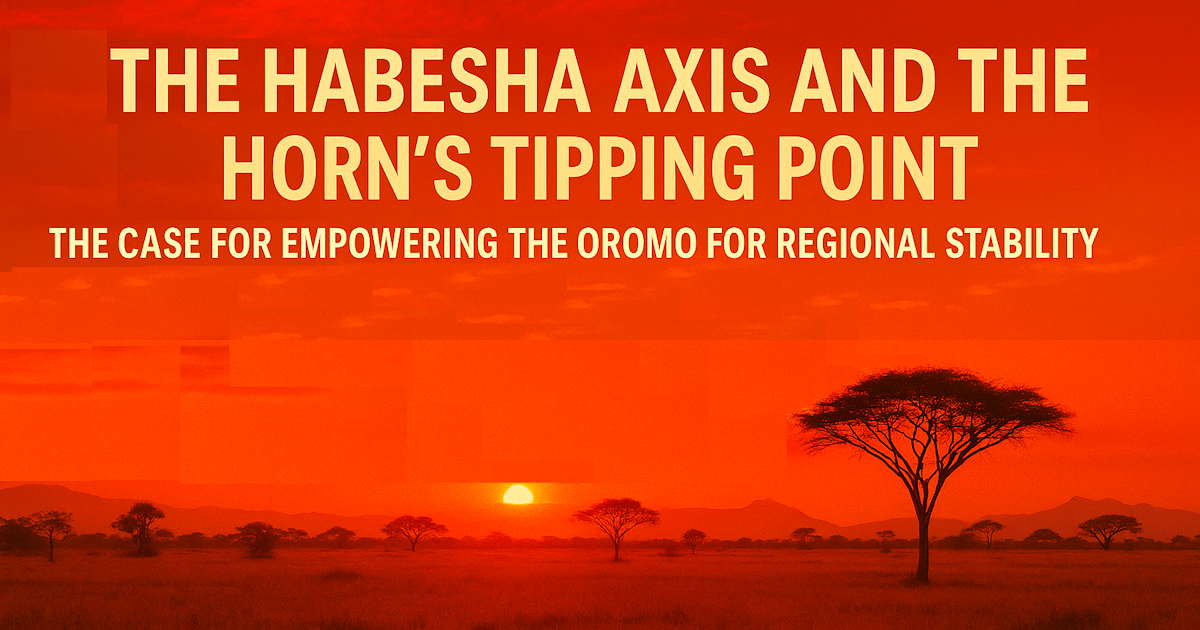
Excerpt:
The emerging Habesha Axis—an uneasy alignment of Amhara, Tigray, and Eritrean elites—reveals a more profound truth: historic rivals uniting to suppress Oromo political empowerment. Despite decades of hostility, these political actors find common cause in opposing self-determination for Oromia. This convergence is not about unity, but about preserving an old imperial center. Naming it for what it is, the editorial argues that it is crucial to understanding why Ethiopia’s future hinges on justice and democracy for the Oromo and Oromia.
Introduction
In the turbulent landscape of the Horn of Africa, one fact is becoming increasingly clear: stability hinges on justice and empowerment for the Oromo—the region’s largest and most marginalized people.
As Ethiopia’s largest nation and the backbone of its geography and economy, the Oromo have been historically marginalized by successive imperial and modern regimes. Now, in the shadow of intensifying regional alignments, a new and worrying pattern is emerging—the reconstitution of what some analysts are calling a “Habesha Axis“.
The Habesha Axis: A Tactical Realignment
Despite longstanding enmities—Tigray vs. Amhara, Tigray vs. Eritrea, and intermittent tensions between Eritrea and Amhara—these traditional power centers are coalescing around a shared strategic aim: suppressing the Oromo political ascendancy and the struggle for self-determination. This emerging alignment, dubbed here the “Habesha Axis,” is less about shared ideology and more about preserving an imperial center that has historically marginalized the Oromo people [1].
The Oromummaa diatribe by President Isaias Afewerki of Eritrea on the recent 34th anniversary of Eritrea’s independence [2] confirms this very point. It was that speech which catalyzed the reflections that shaped this editorial.
Oromos see ‘Oromummaa‘ as nothing more than a self-defining identity—akin to how Americans or the British express their national character—but in the context of historical subjugation, its proud assertion has become unsettling to those clinging to outdated imperial paradigms. That this identity should be vilified and politicized by regional leaders reveals the tragic twist: a nation’s self-expression is being tarnished and weaponized in a political game it never sought to play.
It is paradoxical that Prime Minister Abiy Ahmed, while professing solidarity with the Oromo people, simultaneously attacks and suppresses Oromummaa—both openly and through more subtle means. In this, his regime and the Habesha Axis appear aligned in their shared agenda of marginalizing and controlling the Oromo nation.
The TPLF, despite suffering a devastating war and claiming to represent federalist ideals, continues to operate within a legacy of centralism when Oromo self-determination comes into view. Amhara elites have revived expansionist rhetoric, often cloaked in the language of “historical claims“. At the same time, Eritrea, nominally independent, continues to entangle itself in Ethiopia’s internal power matrix—never neutral when Oromia rises.
So What Binds the Habesha Axis?
It is not love for unity, democracy, or federalism. It is a shared discomfort—if not fear—of a politically awakened Oromo nation. This is the ultimate litmus test: if unity among historical enemies occurs only to counter Oromo empowerment, then the struggle is not merely national—it is civilizational.
In the volatile Horn of Africa, the geopolitical landscape is undergoing a subtle yet consequential shift. While internal conflicts and historical rivalries among Tigray, Amhara, and Eritrea continue to shape the region, an emerging pattern reveals a more unified strategic alignment on one key issue: the political containment of Oromia. Amid this realignment, one truth becomes increasingly apparent: lasting stability in Ethiopia and the Horn of Africa hinges on empowering the Oromo nation.
To understand the stakes in Oromia, one must first recognize a defining political litmus test playing out in real-time. The emerging alignments in Ethiopia and the broader Horn are not accidental—they are revealing. The pattern of behavior among Amhara, Tigray, and Eritrea—despite their hostilities—forms a conspicuous unity when Oromia enters the frame.
A spade must be called a spade:
- Enemies unite when Oromia rises: Tigray vs. Amhara and Tigray vs. Eritrea are well-known rivalries; yet these groups find a common cause in suppressing an Oromo assertion.
- Independence is performative for some: Tigray operates as a de facto independent state, and Eritrea is officially sovereign. But neither acts like a state content to govern within its borders. Their political identities seem incomplete without controlling or influencing Ethiopia’s imperial center—Oromia included.
- The TPLF’s federalist rhetoric is hollow: after 27 years of central rule by the Ethiopian Empire under the TPLF, its continued use of the liberation label rings disingenuous. In practice, it was not merely independent—it ruled over the very empire it once claimed to secede from. Its federalism and independence stop at Oromia’s door.
- Selective self-determination reveals intent: If independence were genuinely on the table, would Tigray and Amhara accept it and govern within their own bounded territories? Unlikely. Their political calculus revolves not around sovereignty; but around sustained access to and influence over Oromia—geographically central and resource-rich. The unwillingness to let go of Oromia underscores that the contest is not over national freedom; but over dominion.
- Eritrea’s independence is strategic, not ideological: Despite its separation, Eritrea behaves as an internal stakeholder in Ethiopian politics—especially concerning Oromia. It interferes no less than Amhara or Tigray in Ethiopia’s power configuration.
Access to the Sea: A Shiny Object to Murky the Waters?
It is worth commenting on a parallel agenda often cited in connection with regional tensions—Ethiopia’s aspiration, as a landlocked country, to gain access to the sea. The issue has resurfaced with a rhetorical crescendo from the Ethiopian regime, which frames access to the Red Sea as a “legitimate right”—a position that, while resonating domestically, has raised alarms regionally. Eritrea, as a sovereign state, is within its full rights to challenge Ethiopia’s assertive posturing, especially when the approach appears more coercive than diplomatic.
No political agency representing the Oromo people has endorsed any strategy for sea access that is inconsistent with mutual agreement and regional diplomacy. Oromo perspectives have consistently emphasized peaceful coexistence and principled negotiation with neighbors—not belligerent adventurism. This makes it clear that the Habesha Axis rhetoric around sea access is an internal diversion, not a unifying vision.
The idea that Amhara and Tigray—two factions with their own historical and strategic ambitions—would simply shelve such a consequential issue to present a unified front, as the Habesha Axis reveals, highlights the hollowness of the alliance. The fact that they can do so only underscores that access to the sea is not the genuine adhesive of the Habesha Axis. It is a shiny object, strategically valuable to murky the waters and distract from the deeper contest over Oromia’s self-determination.
The Strategic Importance of Oromia
Oromia is not a peripheral entity; it is Ethiopia’s geographic and economic core. The region’s capital Finfinnee (Addis Ababa), controls major logistical arteries, and houses vast natural resources. Its demographic weight alone makes it central to any national consensus. For this reason, attempts to rule Oromia without its consent have always ended in instability—and will continue to do so.
Moreover, the Oromo Questions are not Ethiopia’s alone. Instability in Oromia reverberates across borders, affecting Kenya, Somalia, Djibouti, and Sudan. The Horn of Africa’s peace and prosperity are directly tied to whether Oromo’s demands for justice and self-rule are acknowledged or suppressed.
Economic Significance of Oromia
Accurate and up-to-date census data for Ethiopia is limited; however, estimates suggest that Oromia’s population is approximately 55 million, constituting around 40% of the empire’s total population. Often referred to as Ethiopia’s “breadbasket,” Oromia plays a pivotal role in the empire’s economy—not only as a major producer of staple crops like xaafii, wheat, barley, and maize, and cash crops such as coffee and khat, but also as a key region rich in precious metals and mineral resources. Notably, Oromia accounts for over 50% of Ethiopia’s coffee production, a key export commodity.
The GDP Significance of Oromia
While specific GDP figures for Oromia are not readily available—possibly due to political sensitivities—the region’s substantial agricultural output and resource base imply a significant contribution to Ethiopia’s overall GDP. Independent analyses and economic models suggest that Oromia’s share could be substantial, estimated to be at least 60%, reflecting its central role in the empire’s economy.
It is this centrality—demographic, geographic, and economic—that explains why various power centers continue to vie for control and influence over Oromia, rather than focus on governing within their own defined regions. The Habesha Axis, views control over Oromia as crucial to maintaining its dominance within Ethiopia’s political landscape.
A Crisis of Representation
While international observers often focus on the federal-peripheral dynamic, the real crisis lies within the Oromia Region itself. The Oromo people remain trapped between a state apparatus that claims to represent them and a resistance movement under the Oromo Liberation Army (OLA) that most view as their authentic voice.
To confuse matters even further, the regime attempts to cloak itself as an “Oromo government,” even going so far as to declare that the Oromo people “are now free.” This, of course, is patently false—and deeply offensive—especially coming from politicians who were key actors in the previous repressive TPLF/EPRDF regime and whose roles in the Oromo national movement were either negligible or outright detrimental. This schism—between a disingenuous ruling elite and a grassroots resistance—is not merely military; it is existential.
The Prosperity Party’s failure to establish moral and political legitimacy in Oromia has, therefore, opened the door for alternative visions of governance. Yet rather than engage with these demands, the federal regime and its regional ally continue to militarize the region, criminalize dissent, and stage symbolic defections in the name of peace [3].
It should be noted that when it comes to the Oromo Questions in general and the matter of Oromo self-determination in particular, the PP regime’s stance is fundamentally aligned with that of the Habesha Axis.
To add a necessary layer of complexity to this analysis, it is important to recall that during the Tigray War, which began in November 2020, Eritrea joined the conflict militarily at the invitation of the Ethiopian regime, aligning itself with federal forces. Although both governments initially denied this alliance, multiple credible sources have since confirmed Eritrea’s involvement [4, 5]. Additionally, reliable reports indicated the presence of Eritrean troops—described by some as “mercenaries”—as far south as Borana in Oromia, engaged in Abiy Ahmed’s campaign against the Oromo, a conflict that had begun in 2019, a year prior to the Tigray War. This underscores that Abiy’s primary objective was not the promotion of Oromo interests, but rather the consolidation of a unitary Ethiopian state—often at the expense of Oromo political ascendancy, contrary to what some anti-Oromo factions continue to believe.
Therefore, despite its Oromo façade, PP Regime’s policies reflect a continuity of imperial logic. The reality is this: the Oromo Questions cannot be resolved through cosmetic reforms or patching up the old Empire state. A radical political shift is essential—a transformation that begins with addressing Oromo demands as the foundational corrective. These demands are anchored by two enduring allies: the historical truths that justify them, and a democratic ethos embedded in the Oromo people’s traditional systems of governance.
In sharp contrast to the Oromo vision, Abiy Ahmed’s Meddemer philosophy is cultural assimilation by another name, albeit without a structural one. His regime’s recent proposal—geography-based regional restructuring instead of language-based federalism—is a deliberate rollback of hard-won gains. It marks a return to the imperial past, dismantling the federal structure and erasing the cultural and political distinctiveness of nations like the Oromo. This should make it abundantly clear why there is a case for the liberation of Oromia—the only route to mitigate the century-old systemic problem of the Oromo nation.
Equally important is the sobering reality that little, if anything, can be expected from the PP regime in genuinely addressing the Oromo Questions. [6]
The OLA vs. PP Regime: A Manufactured Stalemate
The conflict between the OLA and the ruling PP regime is not simply a power struggle masquerading as policy; it is also the struggle between empire-building and achieving freedom and democracy. The conflict between the OLA and PP is a contest for legitimacy over Oromia’s future [7]. From the perspective of the PP regime, it is a desperate struggle to cling to power at any cost—centered on maintaining control over the political power base in Oromia. At the last election, the PP contested in Oromia as a sole competitor by jailing the OLF and OFC members, closing their offices, with countless killed or imprisoned, and others joined the OLA resistance or fled the country to escape the atrocities.
The PP has failed to reflect the aspirations of the Oromo people. Its loyalty lies not with grassroots Oromo politics but with maintaining an empire that sidelines real autonomy. The OLA, meanwhile, represents a current of Oromo resistance that predates the PP by over four decades—a movement rooted in historical grievances and ongoing dispossession. Their goals are not born of secessionism but of justice, dignity, and regional sovereignty within a federated or confederated framework. In essence, the OLA seeks to make the PP politically irrelevant in Oromia, a prospect the ruling party fears more than armed confrontation.
The Case for a Constructive Settlement Between OLA and PP Regime
While the PP regime has long cloaked itself in Oromo identity, its actions have consistently aligned with anti-Oromo interests—militarizing dissent and silencing genuine voices of self-determination. Its credibility among the Oromo people is virtually non-existent. Yet, paradoxically, it remains in power, presiding over a volatile landscape it neither morally commands nor politically stabilizes.
It is in this deeply flawed context that a constructive settlement—not borne of mutual respect but of urgent necessity—must be considered. Such an arrangement would not be an endorsement of the regime’s legitimacy but a strategic recalibration aimed at preventing further fragmentation and bloodshed. If the PP regime has any remaining instinct for political survival, it must recognize that long-term stability in Oromia cannot be enforced—it must be negotiated.
It is, therefore, increasingly prudent for the PP regime to consider a political accommodation with the OLA. An inclusive settlement that brings the OLA into the Oromia administration could create a new foundation for regional justice, democratic governance, and long-term peace.
Both the OLA and the PP regime must see the forest for the trees and come to some arrangement. A reconciliatory posture from both sides would not only stabilize Oromia but also weaken the very basis upon which the Habesha Axis justifies its interference.
The Habesha Axis will then back off and be forced to pursue their legitimate dreams without entangling themselves in illegitimate aspirations. The world should take note of this fact.
An Oromia administered through consensus and mutual legitimacy will leave little room for expansionist or reactionary provocations from neighboring actors. In such a scenario, stability becomes not an illusion but a process grounded in justice.
It is worth noting that past peace efforts failed not because negotiation was impossible, but because legitimacy was lacking. On both occasions when negotiations were held in Tanzania, in April and November 2023, no genuine commitment to peacemaking was observed from the PP regime.
It was glaringly obvious that the regime used the peace talks as a smokescreen—launching intensified military campaigns and attempting to round up OLA freedom fighters even while negotiations were underway. Such actions not only undermined the trust needed for dialogue but also exposed the regime’s use of diplomacy as a tactical distraction rather than a path to resolution [8].
It is characteristic of Ethiopian rulers—both imperial and modern regimes—that negotiations are rarely genuine. They are often employed as tactical tools to outmaneuver opponents or to buy time until a more advantageous moment to strike. This is a reality global diplomats must come to terms with. What the PP regime attempted with the OLA—and continues to pursue—is an explicit confirmation of this very pattern.
The Role of the International Community
Cosmetic gestures of peace or unity photo-ops must not lull the international community. The U.S. Embassy’s recent call [9] for inclusive negotiations involving OLA and other regional forces reflects a recognition of the political reality on the ground. But statements are not enough.
What is needed is:
- Acknowledgment of the Oromo people as essential stakeholders in Ethiopian statecraft.
- Engagement with legitimate political actors, not just regime proxies.
- A new federal arrangement that respects self-rule, not centralized control disguised as unity.
Neglecting Oromo voices risks pushing the region deeper into protracted instability, as evidenced by the formation of the Habesha Axis. This alliance has triggered new tensions rather than offering solutions. Rather than strengthening the federation, this exclusionary alignment has only intensified resistance and underscored the urgency for a stronger and more formidable Oromia rooted in justice and self-determination.
Conclusion: Oromia as Ethiopia’s Moral Center
The question of Oromia is not merely a regional concern—it places the Ethiopian empire-state under a 21st-century spotlight, testing its willingness to confront long-delayed justice, genuine inclusion, democratic principles, and ultimately, the dismantling of imperial politics for all oppressed nations and nationalities. Those who attempt to sustain Ethiopia by bypassing or subduing Oromia are only postponing the inevitable reckoning.
Empowering the Oromo people is not about breaking Ethiopia—it is about saving it. Only by reimagining the Ethiopian state with Oromia as an equal and respected partner can the Horn of Africa move toward sustainable peace.
In a region teetering at a tipping point, the Habesha Axis must give way to a new moral center—Oromia.
Selected References
- Oli Boran, A New Abyssinian Alliance in the Making and What it Means for Oromia, 19 March 2025, OROMIA TODAY.
- Keynote Address by President Isaias Afwerki on the Occasion of the 34th Independence Anniversary, 24 May 2025, Asmara, Eritrea.
- Editorial, Oromia PP-Speak Decoded: Peace as Surrender in Oromia, Plus One Defector, One Photo Op, 1 December 2024, OROMIA TODAY.
- John Clifford, “Turn the R2P Around: Eritrea’s Intervention in Ethiopia“, 1 November 2022, Columbia Journal of Transnational Law
- Berita Mutinda Musau, “The Enemy of My Enemy is My Friend: Ethiopia–Eritrea Relations and the 2020 Conflict in the Tigray Region in Ethiopia“, 4 March 2024, African Journal on Conflict Resolution.
- Asafa Jalata, “Chasing Menelik’s Ghost: Why Abiy Ahmed Has failed the Oromo People“, Athens Journal of Politics & International Affairs, 2025.
- Fred Harter, As violence subsides in Tigray, Ethiopia’s Oromia conflict flares, 12 January 2023, The New Humanitarian.
- Roobaa Hawwaas, A Missed Opportunity for Peace in Oromia, 22 November 2023, OROMIA TODAY.
- U.S. Embassy in Finfinnee’s (Addis Ababa’s) Call for Negotiation – #MessagefromtheAmbassador, 23 May 2025, Finfinnee, Oromia, Ethiopia.
- Center for Preventive Action, Conflict in Ethiopia, 20 March 2025, Council on Foreign Relations, Washington, DC, USA.
- Managing Ethiopia’s Unsettled Transition, 21 February 2023, International Crisis Group (ICG).
- Alex de Waal, PhD, Ethnic Federalism and Authoritarian Survival in Ethiopia, 15 July 2021, Chatham House – The Royal Institute of International Affairs.

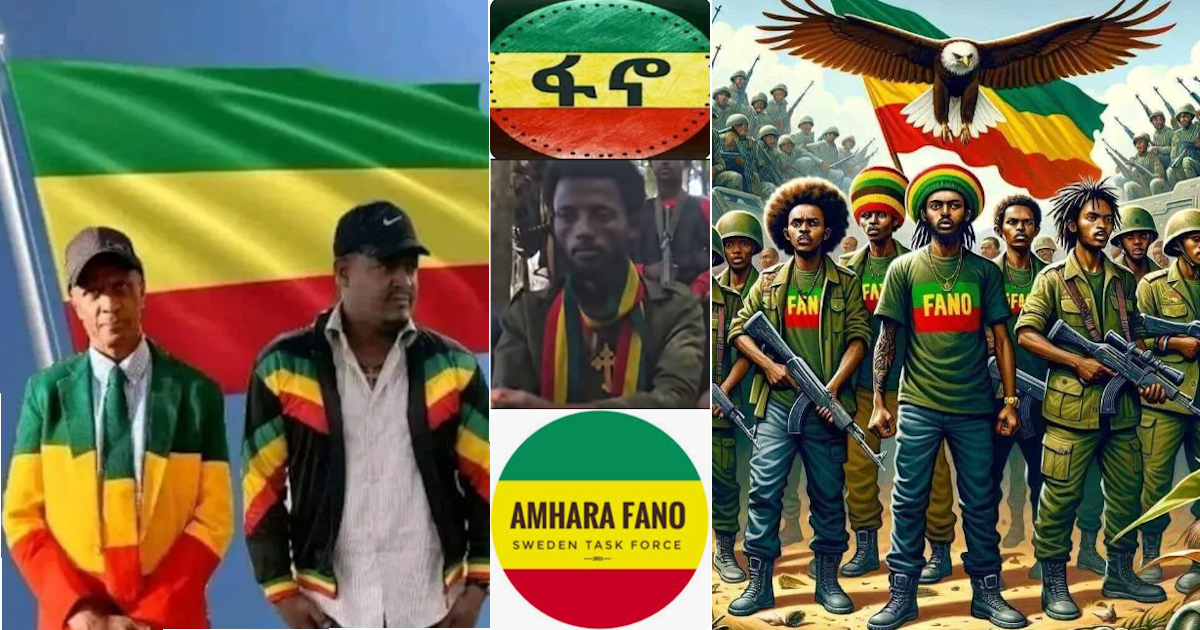
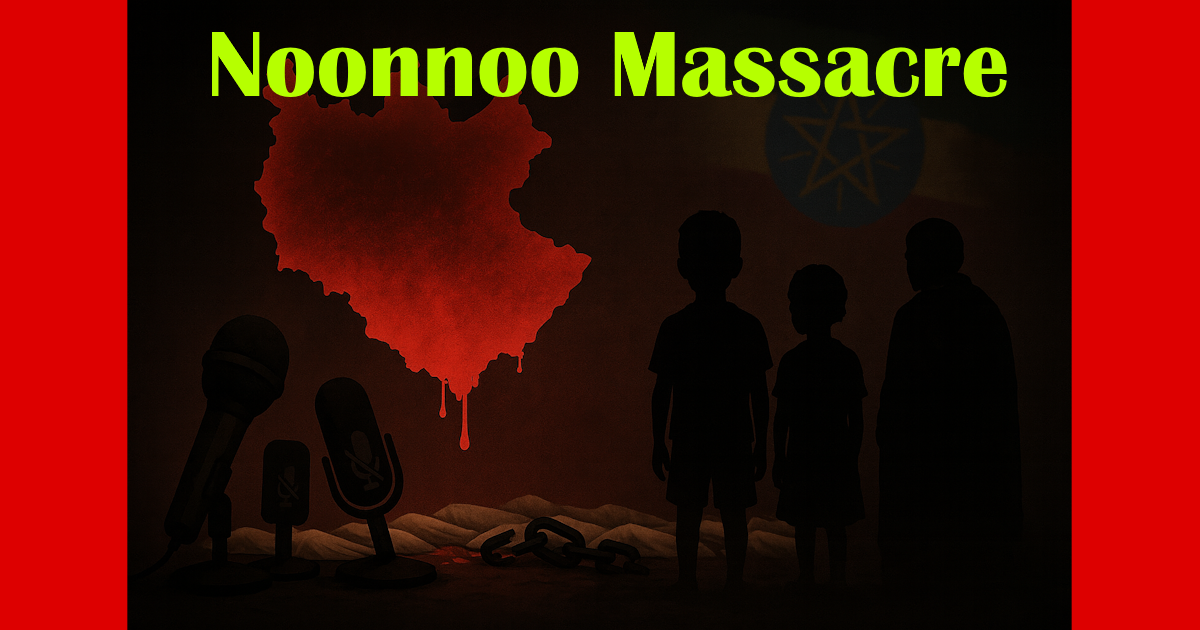
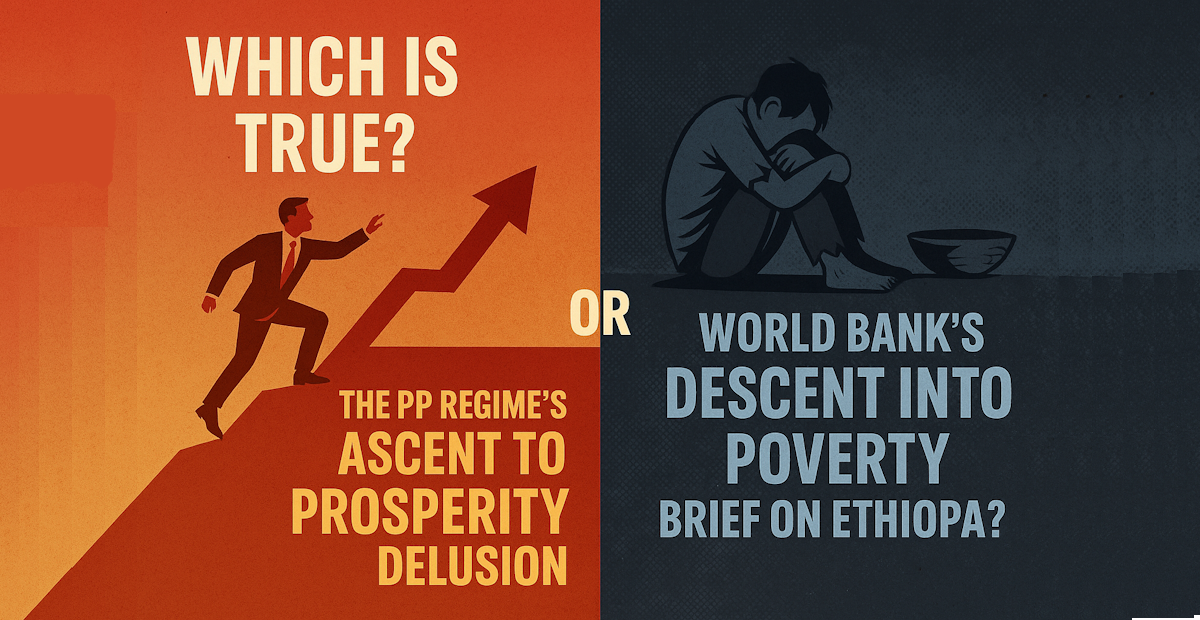
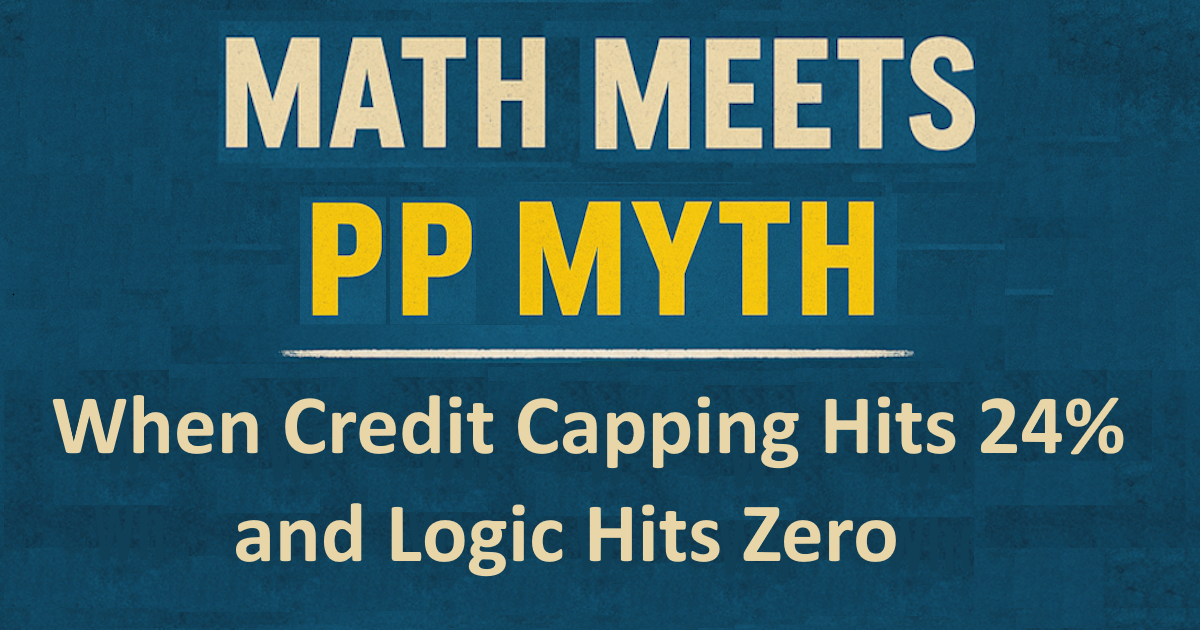
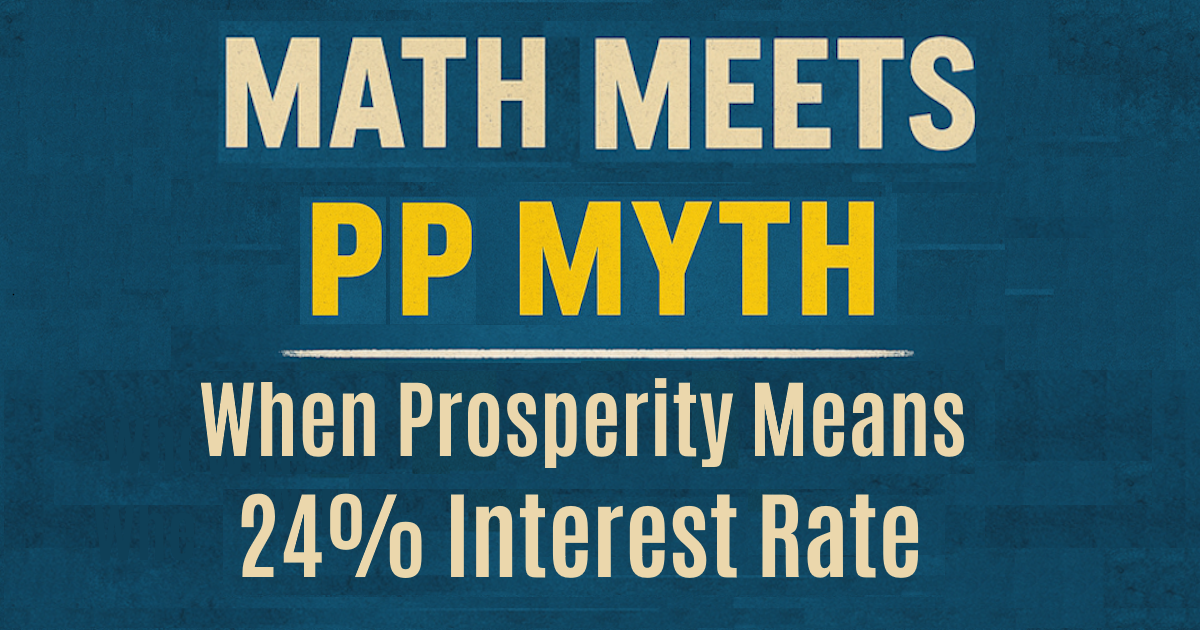

I am a very impressed by this article. It was put clear and clean. Thank you! The problem of the Horn is and will be the problem of Oromo People living in the Horn mainly in Ethiopia. Addressing genuine Oromo political institutions in the issues considering peace in the horn is involving Oromo People for solution. “**************” one Italian Technician’s saying do not accept the truth. I loved the assertions you are doing so far. Go ahead!
[Note: A strong language was edited out -Editor]